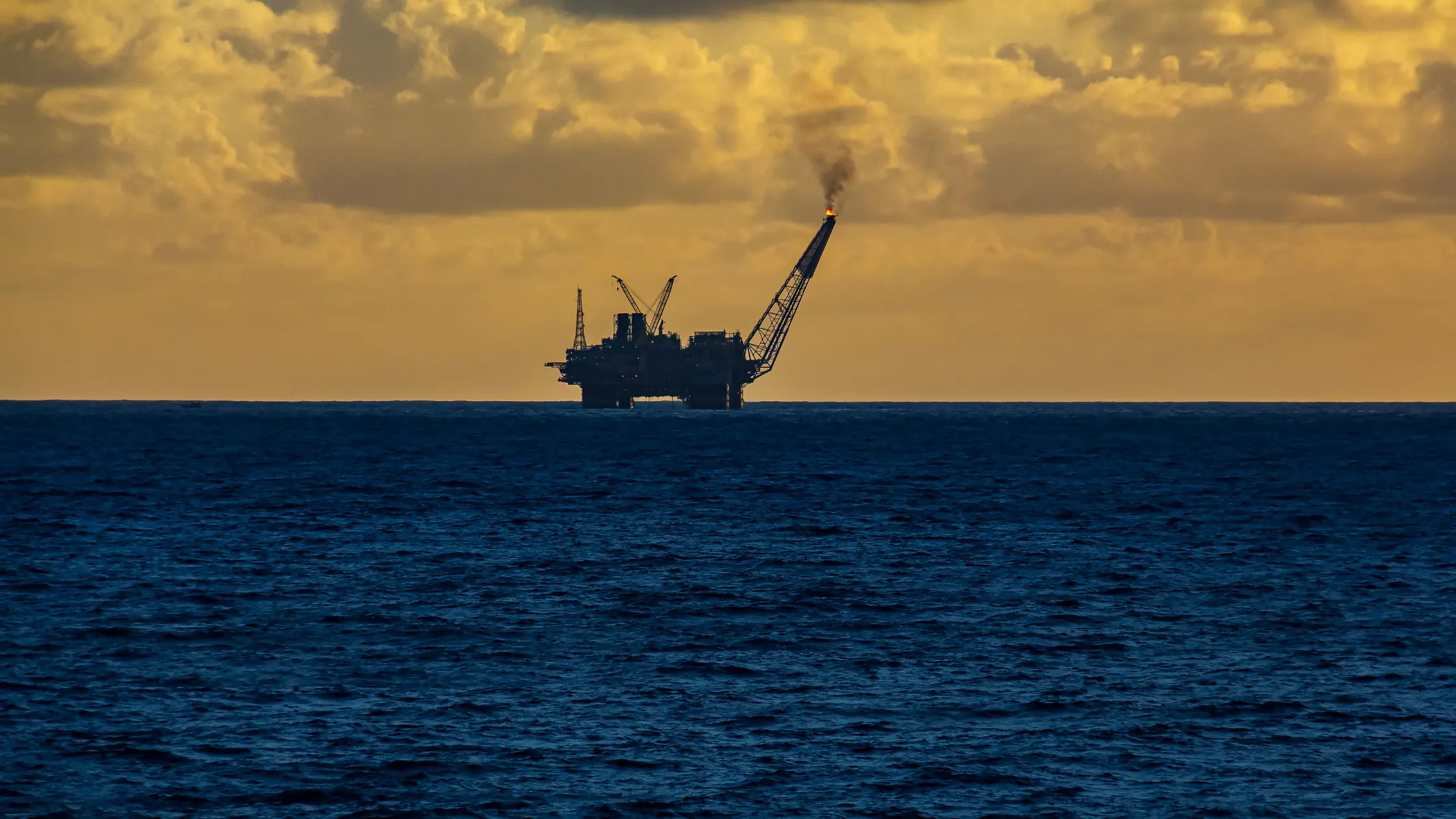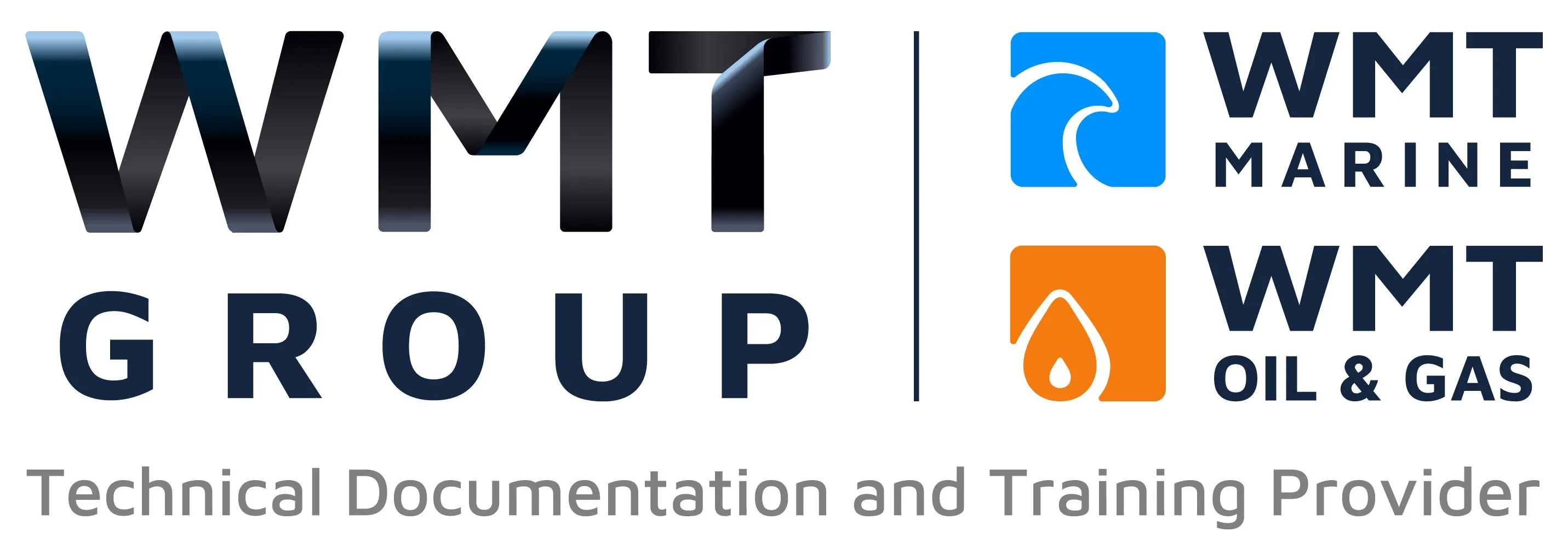Technical Writing Standards for Marine and Shipping

The marine and shipping industry relies heavily on precise, well-structured, and compliant documentation to ensure safety, efficiency, and regulatory compliance. Technical writing standards in this sector are critical for producing high-quality manuals, reports, and guidelines that meet international regulations.
In this article, we’ll explore the key technical writing standards for marine and shipping, their importance, and best practices for producing industry-compliant documentation.
Why Technical Writing Standards Matter in Marine and Shipping
The maritime sector involves complex operations, international regulations, and high-risk environments. Whether it’s shipbuilding, navigation, offshore drilling, or cargo logistics, clear and accurate technical documentation ensures:
✅ Regulatory Compliance – Adhering to international maritime laws and safety standards.
✅ Safety & Risk Management – Providing accurate procedures to prevent accidents and equipment failures.
✅ Operational Efficiency – Ensuring seamless vessel operation, maintenance, and crew training.
✅ Consistency & Standardisation – Maintaining uniformity in global shipping practices.
Key International Standards for Marine and Shipping Technical Documentation
1. International Maritime Organisation (IMO) Standards
The IMO is the primary regulatory authority governing maritime safety, environmental protection, and ship operations. Key IMO documentation standards include:
- SOLAS (Safety of Life at Sea) – Covers safety procedures, fire protection, and emergency response.
- ISM Code (International Safety Management Code) – Mandates safety management systems and procedures.
- MARPOL (International Convention for the Prevention of Pollution from Ships) – Sets environmental protection standards for vessels.
📌 Technical writing must align with these regulations, ensuring ship manuals, safety guides, and compliance documents meet IMO requirements.
2. ISO Standards for Marine Technical Writing
The International Organisation for Standardisation (ISO) provides best practices for documentation quality and structure. Key ISO standards include:
- ISO 9001:2015 – Ensures quality management in maritime documentation.
- ISO 14001:2015 – Provides guidelines for environmental management in shipping.
- ISO 45001:2018 – Covers occupational health and safety standards for maritime workers.
✅ Marine documentation should follow ISO formatting, terminology, and quality control guidelines.
3. Classification Society Standards
Leading classification societies set technical writing standards for ship design, maintenance, and safety manuals. These include:
- Lloyd’s Register (LR)
- Bureau Veritas (BV)
- American Bureau of Shipping (ABS)
- Det Norske Veritas (DNV)
📌 Technical manuals and reports must meet these classification society requirements to receive certification.
4. S1000D Standard for Maritime and Defence Documentation
The S1000D standard is widely used in the defence and maritime sectors for structured, modular technical documentation. It ensures:
- Standardised XML-based document creation.
- Consistency in technical manuals across different vessel types.
- Easier updates and revisions for evolving regulations.
🚢 Shipbuilders, offshore engineers, and naval operations increasingly adopt S1000D for structured documentation.
Best Practices for Marine & Shipping Technical Writing
To comply with industry standards, technical writers in the marine sector should follow these best practices:
1. Use Clear and Concise Language
✅ Avoid technical jargon that could confuse non-experts.
✅ Use active voice and simple sentence structures.
✅ Provide definitions and explanations for complex terms.
Example:
❌ In the event that the engine room experiences an overheating situation, operational personnel should commence remedial cooling procedures immediately.
✅ If the engine room overheats, the crew must activate the cooling system immediately.
2. Follow Standardised Document Structures
Technical documents should have a consistent format to ensure clarity. A standard marine technical manual includes:
📌 Title Page – Document name, version, date, and author.
📌 Table of Contents – Clearly structured for easy navigation.
📌 Introduction – Purpose, scope, and regulatory references.
📌 Procedures & Instructions – Step-by-step guides with safety warnings.
📌 Diagrams & Illustrations – Visual aids for better understanding.
📌 Glossary & References – Definitions of technical terms.
3. Ensure Regulatory Compliance in All Documentation
🔹 Refer to IMO, ISO, and classification society guidelines.
🔹 Keep documentation up-to-date with regulatory changes.
🔹 Conduct internal audits to verify compliance before submission.
4. Implement Visual Aids and Structured Formatting
📊 Tables & Charts – Organise technical data clearly.
📷 Images & Diagrams – Illustrate complex procedures visually.
🔺 Warning Symbols – Highlight safety hazards.
📌 Example of a structured format:
Equipment Maintenance Frequency Inspection Checklist
Ballast Pumps Every 6 months Check pressure levels, clean filters, inspect for leaks
Lifeboats Monthly Verify launch system, check emergency supplies, test communication equipment
5. Use Digital & Cloud-Based Documentation
Modern marine companies are moving towards digital documentation for improved accessibility. Best practices include:
✅ PDF & Web-Based Manuals – Easy to update and distribute.
✅ Interactive Digital Guides – Searchable documents with embedded videos.
✅ Cloud Storage & Version Control – Ensures the latest manuals are always available.
🚢 Digital transformation in maritime documentation improves efficiency, reduces paper waste, and enhances accessibility.
Why Choose WMT Marine Ltd for Technical Documentation?
At WMT Marine Ltd, we specialise in marine and offshore technical documentation. With over 28 years of experience, we ensure your manuals, operational guides, and compliance documentation meet IMO, ISO, and classification society standards.
Final Thoughts
Technical writing in the marine and shipping industry must align with international IMO, ISO, and classification society standards to ensure safety, compliance, and operational efficiency. By adopting clear language, structured formatting, regulatory alignment, and digital tools, businesses can produce high-quality documentation that meets industry standards.
📢 Need expert technical documentation for your marine operations? Contact WMT Marine Ltd today for tailored solutions.
